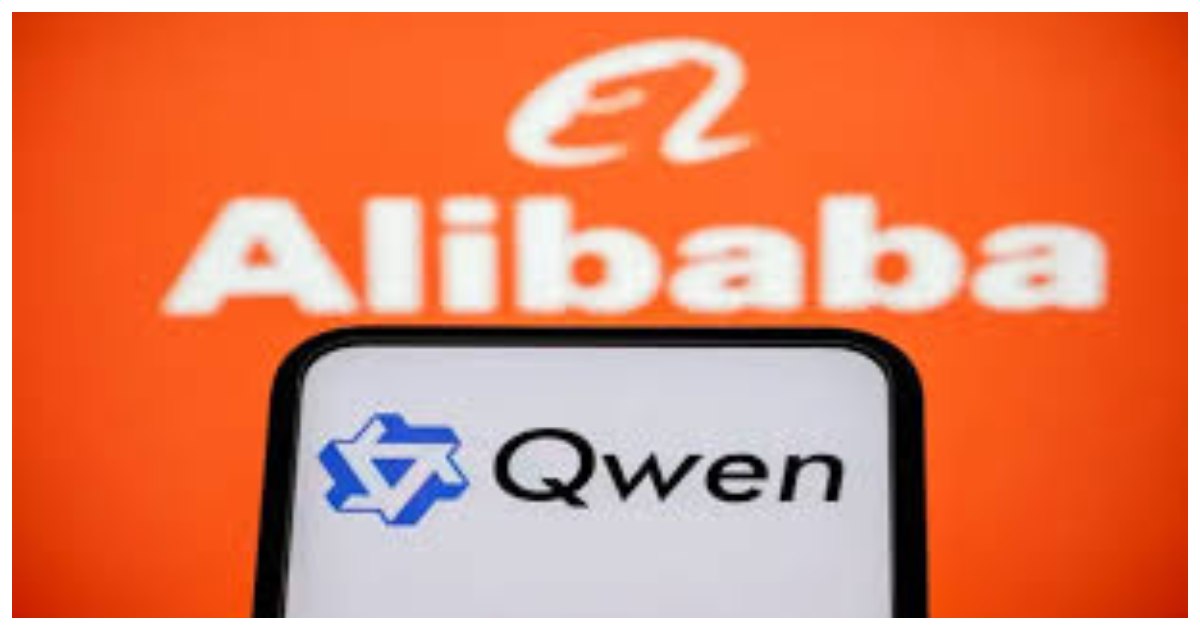As the global AI race heats up, Chinese tech giant Alibaba takes a significant leap forward by launching its Open Source AI Coding Model. Not only does this move impact the company’s standing, but it also strengthens China’s position in the competitive AI market.
Called the Qwen3-Coder, the Chinese company claimed that it matched the performance of established US AI models such as Anthropic’s Claude and OpenAI’s GPT-4 in important domains.
Alibaba’s Qwen3-Coder Model Specialises in Code Development
Alibaba claims that the Qwen3-Coder is proficient in agentic coding tasks, having been designed to help developers write, manage, and understand large-scale software systems more efficiently.
The advanced AI model’s coding capabilities are reportedly superior to major domestic competitors, including models from DeepSeek and Moonshot AI’s K2 models, establishing the Qwen3-Coder as a leading force in the Chinese market.
Its standout feature is its Mixture-of-Experts architecture, which contains 480 billion parameters and uses 35 billion at one instant. This makes the model highly adaptable and efficient in complex tasks like coding.
Furthermore, the Qwen3-Coder has a massive context window. It can understand 256,000 tokens of input natively, but this number could be extended to 1 million tokens with extrapolation. This feature allows the model to work on extensive codebases.
Alibaba’s model also excels in agentic coding tasks as it can proficiently perform multiple coding tasks autonomously with minimal human intervention. Speaking on this feature, Forrester’s Charlie Gai, a principal analyst, stated:
“Its agentic capabilities, such as autonomously handling multi-step tasks like tool calls for Git or browser automation with extraordinary performance in SWE-Bench, signal a shift toward fully delegated TuringBots for coding workflow automation.”
The Chinese company also released a companion command-line tool, Qwen Code, adapted from the open-source Gemini Code project, which lets users interact with the model directly through their terminal and simplifies the coder’s integration into daily workflows.




































